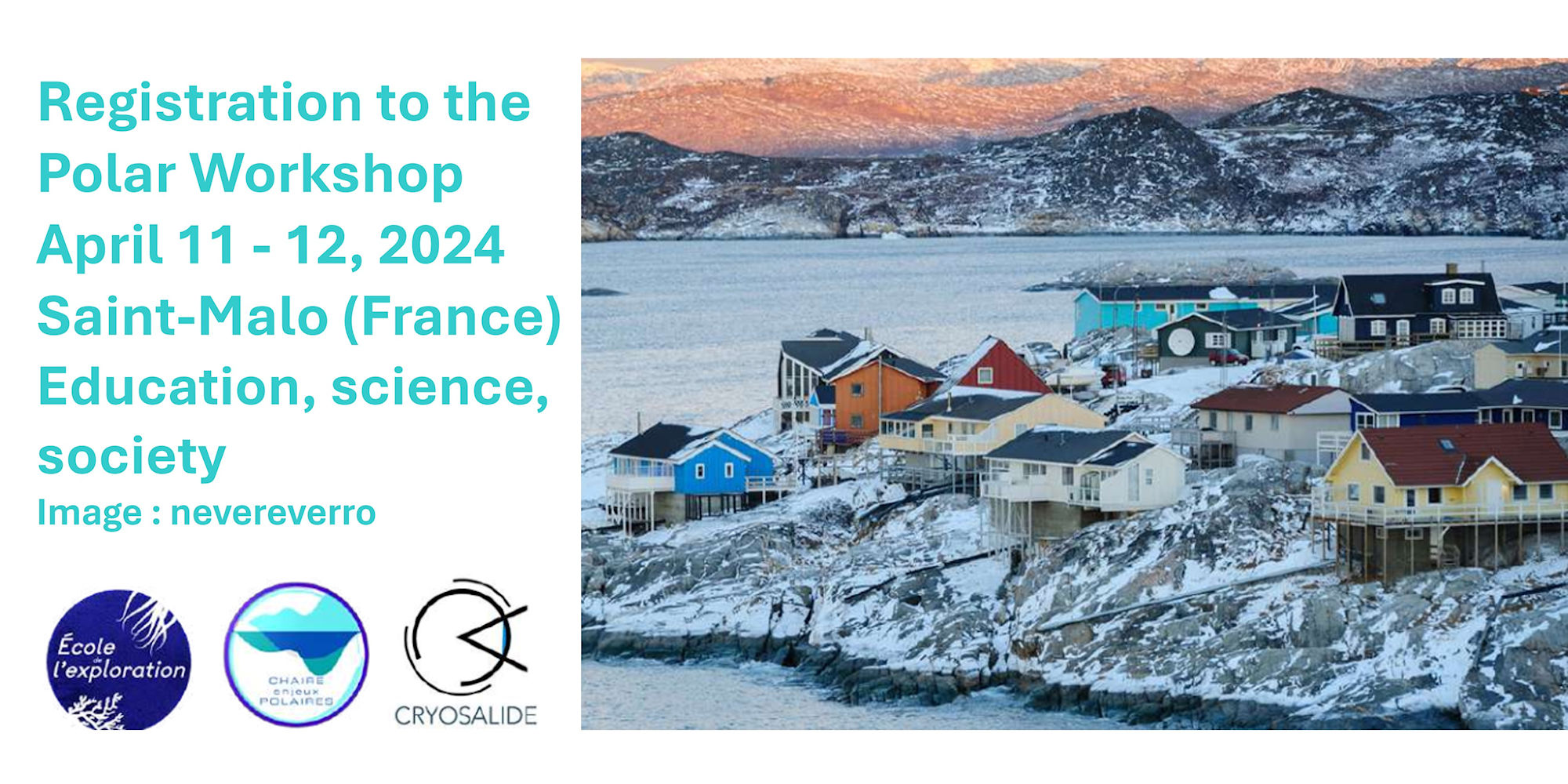
Theories abound as to what caused the Franklin Expedition to fail and, not least, what became of most of its 128 members. The fates of 20 or so, including the expedition’s namesake leader and John Gregory (whose skull is pictured above) whose identity was identified using DNA from bones found in the 1993, are certain: they died. The remainder are presumed to have perished, but the few individual artefacts that have been found on the tundra in Nunavut provide only scattered evidence that this was, in fact, the case.
The richest troves of clues as to the fate of the deadliest polar expedition ever by far are the wrecks of the HMS Erebus and the HMS Terror in 2014 and 2016, respectively, in the waters of the Northwest Passages, not far from where they were abandoned in 1848 after having sailed from Britain with the expedition’s members three years earlier.
Work exploring the wrecks had been on hold during the pandemic, but this month, for the first time since 2019, scientists will travel to Nunavut, where they will again seek to piece together the chain of events leading up to the expedition’s demise. Equally important for this summer’s two expeditions will be to determine how the wrecks can be preserved.
During the first of the expeditions, teams of archaeologists from Parks Canada, which is responsible for administering the country’s listed sites, will begin studying the wrecks. Using remotely operated vehicles, the team will carry out under-the-ice inspections of the sites and the surrounding sea floor. The dives will record and map the sites and allow the archaeologists to assess the condition of the wrecks.

Their work will build on a 2019 dive the collected that recovered more than 350 artefacts from the Erebus, including the bottle pictured above. As with that dive, this year’s field work will be carried out with the help of Inuit, who will provide “logistical support”, as well as some research, according to Parks Canada. Though what either entails was not further specified, there is plenty of opportunity to be more than token involvement: the local knowledge Inuit provided led searchers to the area where the ships were later found. In the case of the Terror, a local hunter had seen the mast of what turned out to be the ship protruding from the ice in 2010. Similarly, all items recovered are the jointly owned by the Canadian and Inuit authorities.
The second expedition will involve a series of dives at the site of Erebus to learn more about the wreck and to study the artefacts its crew left on board. Similar work at the site of the Terror will involve using remotely operated vehicles to make recordings of the ship.
Parks Canada expects to release the results of this summer’s work as the findings are confirmed.
Kevin McGwin, PolarJournal
More about this topic






